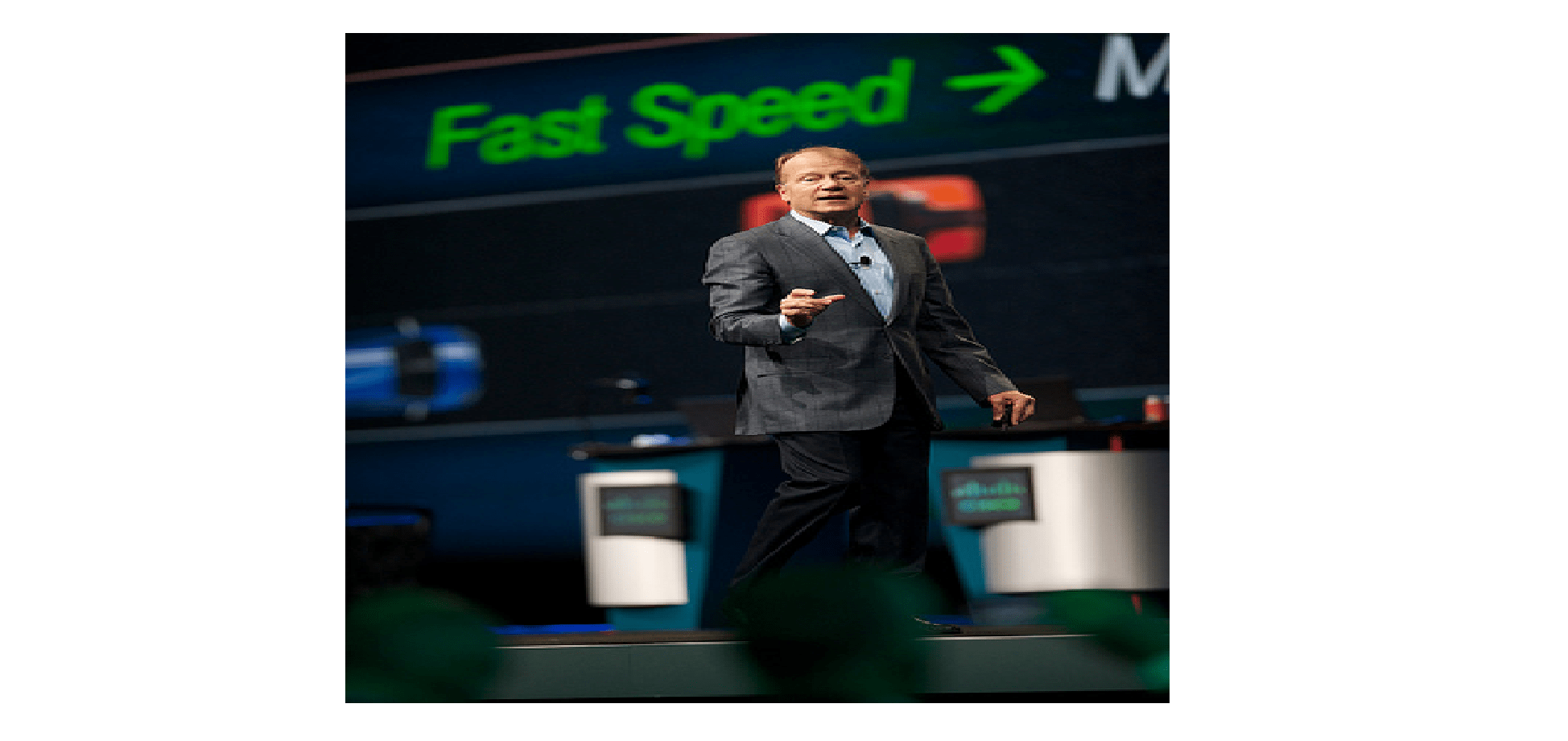ORLANDO — Cisco Systems Inc. has been touting the $14-trillion opportunity in the Internet of Everything, which pulls together people, processes, data and things for richer capabilities in business and government. “This isn’t a tomorrow story,” said Rob Soderbery, senior vice-president of Cisco’s Enterprise Networking Group (pictured above left, with Cisco’s Inbar Lasser-Raab). “This is a today business.”
“This is a unique opportunity for IT and especially networking professionals … really to get engaged in driving the business in fundamentally new ways,” Soderbery said in session at the Cisco Live user conference in Orlando, Fla., this week.
“This isn’t about building out ERP systems or automating the back office. Let’s face it, that’s been the primary role of IT for the last 25 years. This is about building new capabilities (and) experiences for consumers, citizens, users, new capabilities for businesses, enterprises and states.”
But the Internet of Everything is predicated on an Internet of Things – the myriad sensors and control mechanisms generating, receiving and interacting with data.
Cisco has built out an Internet of Things (IoT) product group within the enterprise networking group to focus on those opportunities.
The IoT group’s focus is on gaining expertise in the four major verticals where IoT has the biggest presence: manufacturing (both discrete, like automotive, and process, like oil and gas), transportation, energy and public sector.
Cisco’s strategy is inherently horizontal; the company builds platforms. “That allows us to partner with industry leaders in key verticals, ISVs, and system integrators in each of these sectors,” Soderbery said.
“(The IoT group) isn’t worrying about the classic technology partners, but they’re organized around these verticals, focusing on identifying and developing these new partnerships,” he said. “Incumbent upon Cisco as part of the strategy is for us to develop a higher-level understanding (of) applications of IoT in these markets.”
For example, Rockwell Automation Inc. is one of Cisco’s lead partners in manufacturing.
“Rockwell has been a leader in factory automation, and has been working with Cisco to move the factory automation world from one of legacy protocols to an IP-based open standard,” Soderberry said. “As part of that relationship with Rockwell, we are both working on technology, but at the same time Rockwell is a channel for Cisco, and actively integrates Cisco products into their systems, which they deliver on to their end users.”
On the energy front, Cisco works closely with smart meter manufacturer Itron Inc., building the back-end grid while Itron leverages its long relationship with the energy industry.
In the public sector, where Cisco’s focus is mainly on smart cities, a joint venturing China, City Cloud International, partners with local ISVs with an expertise in software for municipal operations.
“Cities, and in particular high-growth cities, have a unique problem: They have many different systems to manage,” Soderbery said. “Police, fire, service delivery, utilities, transportation systems, parking systems, administrative operations … Each of these is a potential application for IoT. “
Transportation is another high-touch area for IoT. Virtually every aspect of transportation – traffic, rail systems, parking, airport environments, public transit – will see the impact of IoT, Soderbery said.
“We’re building up teams aligned along these verticals to really build the capability and the competency, working with early adopter customers, working with these partners, working on the technology to build out these solutions in each of these areas,” Soderbery said.
RELATED RESOURCE
For more on developing a mobility strategy, view this episode of CIO TV: OCAD: The business case for mobility in Canada





